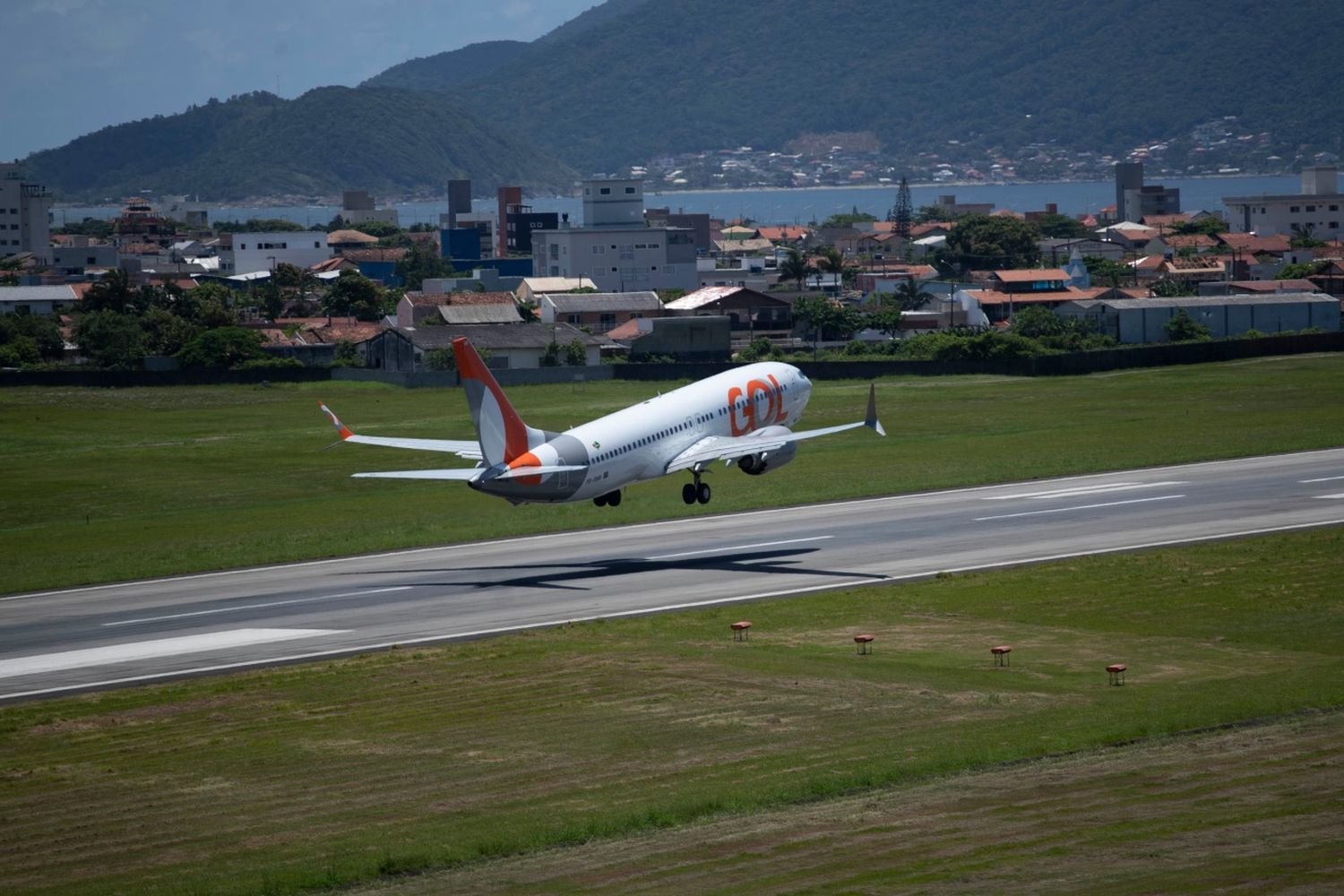Brazilian airlines’ bankruptcy: why filing for Chapter 11 in the United States is more convenient
The Brazilian aviation market was shaken this week with reports that Gol Linhas Aéreas, one of the country’s «big three» airlines, would be considering filing for bankruptcy in the United States through the «Chapter 11» process. The original report was published by Folha de São Paulo during the weekend.
Should Gol ultimately file for Chapter 11, there are successful precedents. This was the path that three major Latin American airlines have chosen in recent years, during the pandemic: Aeroméxico, Avianca, and LATAM. It is also the one picked by Scandinavian Airlines (SAS).
Brazil does have a Chapter 11-like process, named «Recuperação Judicial». It was approved through a bill during President Luís Inácio Lula da Silva’s first Administration, in 2005, having an airline in mind when it was signed. Back then, Varig, once the largest airline in the country, was in its final years and the government, the airline’s largest creditor, was pressured to take action to avoid a collapse.
While Lula was initially inclined to sign the bill in its entirety, it was convinced by its Vice-President, José Alencar, according to an article by Folha de São Paulo at the time, not to veto an article of the bill that specifically allowed airlines the right to request bankruptcy protection under the new system.
Varig, indeed, was the first major company in the country to file for «recuperação judicial», nine days after the bill entered into force, still according to Folha.
As in the United States, the process «freezes» the company’s debts for a certain period, in which the bankrupt company has to come up with a plan that will allow it to leave bankruptcy proceedings as a viable entity.
But why airlines choose to file for bankruptcy in the US has its answer somewhat given in SAS’ press release published when it started the process. «The process provides the Company time and flexibility to reorganize its capital structure, reduce costs, and complete a financial restructuring under the supervision of the U.S. court system.»
O Globo’s «Capital» section notes that the United States system is friendlier regarding aircraft leases, as it is considered an integral part of an airline’s recovery. In Brazil, for instance, the last airline to file for bankruptcy locally, Oceanair Linhas Aéreas (which made business as Avianca Brasil), had a recovery plan approved but was ordered to return their aircraft nevertheless.
One can argue that some companies that resorted to the plan in Brazil made so too late, as Luiz Rabi, an economist at credit bureau Serasa Experian, told Folha in the story that brought Oceanair’s woes to public, back in 2018. Oceanair only filed for «recuperação judicial» after lessors went to court to request aircraft repossessions due to lack of payment.
Crucially, Gol’s entire fleet is leased, it declared in its latest financial reports. Chapter 11 in the United States also allows a company to «reject» its current lease contracts, should the company opt for downsizing its operations.
O Globo, however, adds that the process in the United States tends to be much faster than in Brazil, where it is common for bankruptcy reorganization processes to «drag for over five years».
Another positive feature of the American Chapter 11 proceedings is that they allow for «Debtor in Possession» (DIP) financing, which is an established process and allows businesses to strengthen their liquidity as they emerge from bankruptcy.


Para comentar, debés estar registradoPor favor, iniciá sesión